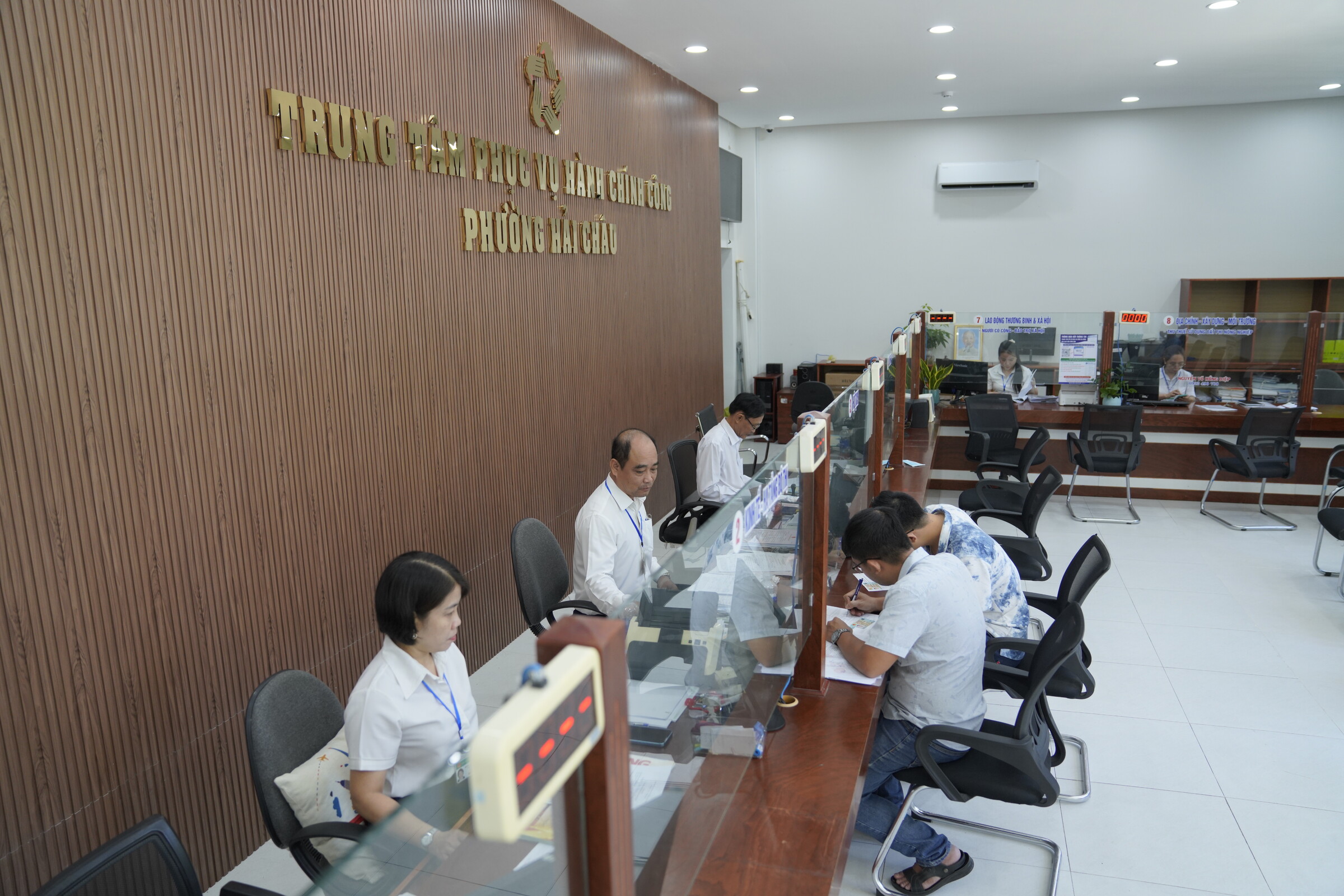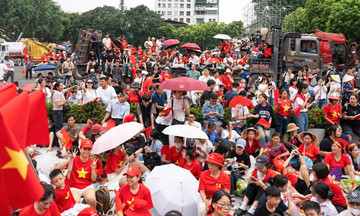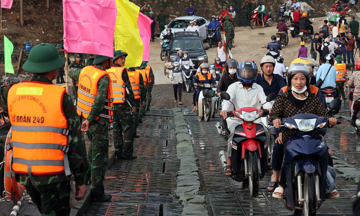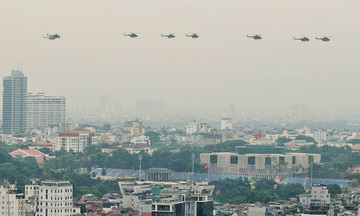The Ministry of Agriculture and Rural Development recently launched a handbook to guide state management of land administration under the two-tiered local government model.
The handbook is divided into two sections. The first section outlines the authority and responsibilities of the People's Council, the People's Committee, the People's Committee chairperson, and specialized land agencies at both the provincial and communal levels. This section provides a comprehensive overview of the tasks involved in implementing the two-tiered model.
The second section details administrative procedures for land-related matters, including: land use planning, land acquisition, compensation, resettlement support, land allocation, land leasing, land use purpose conversion permits, land registration, registration of assets attached to land, issuance of land use right certificates and ownership certificates for assets attached to land, and land dispute resolution.
 |
Handbook guiding land procedures for two-tiered local governments. (Source not provided) |
Handbook guiding land procedures for two-tiered local governments. (Source not provided)
The handbook outlines 16 steps for land acquisition, compensation, support, and resettlement. This process includes developing a land acquisition plan, holding community meetings, issuing notices, conducting asset inventories, formulating and approving compensation plans, implementing compensation, and transferring land.
For the first-time issuance of land use right certificates and ownership certificates for assets attached to land at the communal level, the handbook outlines three steps, clearly defining the responsibilities of both government agencies and citizens. This process involves submitting applications at the Public Administrative Service Center, followed by review and transfer of documents to the communal People's Committee for verification. Finally, the communal People's Committee issues the certificates after financial obligations are met.
 |
Public officials in Hai Chau ward, Da Nang City, working at the Public Administrative Service Center. Nguyen Dong |
Public officials in Hai Chau ward, Da Nang City, working at the Public Administrative Service Center. Nguyen Dong
The processing time for first-time land registration is no more than 17 working days; for land registration with certificate issuance, it's no more than 20 working days. In mountainous, island, remote, or economically disadvantaged areas, the processing time can be extended up to 30 working days.
The handbook clarifies the authority and responsibilities of provincial and communal governments in land management, ensuring consistency, transparency, and efficiency. Specifically, the People's Council, People's Committee, People's Committee chairperson, and Department of Agriculture and Rural Development at the provincial level have 6, 50, 37, and 15 responsibilities, respectively. At the communal level, the People's Council, People's Committee, People's Committee chairperson, and land management agency have 4, 45, 44, and 19 responsibilities, respectively.
The drafters hope this handbook will serve as a useful guide, helping localities understand regulations, authority, and procedures, thereby effectively implementing tasks according to the new delegation of powers and responsibilities. The handbook also aims to help citizens better understand administrative procedures, facilitating the exercise of their rights and obligations related to land.
Gia Chinh












